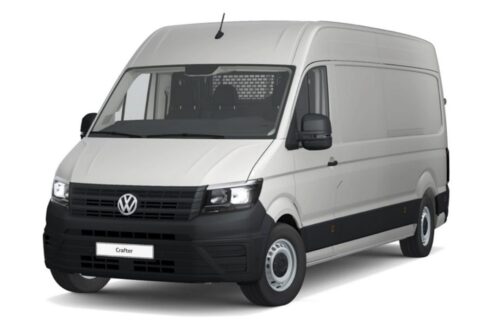The MyKey 2300 site has some bold claims about their system. First, would you trust a door-knob that calls itself “The World’s Most Advanced Security Device”? Not bad for only $330.
Second, does a radio controlled door to your house really achieve their objective?
Get ready to simplify life and start enjoying your new found freedom from keys.
Is life really that much simpler just because you have to wave a key instead of inserting it into a hole? What makes life with a traditional key-based doorknob so complicated? They explain more on their “advantages” page:
What sets the MyKey 2300 head and shoulders above the conventional door lock? A great deal. Specifically, you will no longer be tied down to a metal key to open your door, and as a result, will have a door lock that is far more secure. With no keyholes, you have no worries for would-be intruders trying to pick your door lock.
Note that they just say you have no worries about “trying to pick your door lock”. I have to say that I don’t consider that the same as saying you will have no worries about someone opening your door without authorization.
The same page calls their RFID technology “unbreakable”. I said the site was bold, didn’t I? The FTC loves that kind of assurance from security product vendors.
Third, their answer to the question “What happens if someone tries to break in?” is really amusing:
The feature that significantly sets the MyKey 2300 apart from conventional door locks is the removal of the common metal keyhole. Metal keys, no matter how complex, can be picked by an expert and are vulnerable as a result. The MyKey 2300 eliminates the possibility of lock-picking from the start by removing the conventional keyhole, and allowing only authorized RFID cards, or a single pin code to gain access to the door. If someone attempts to use the wrong pin code or RFID card three times in a row, the lock will automatically shut down for 30 seconds before allowing another attempt at unlocking the door!
30 seconds? That will certainly deter the most hardened criminal who wants to use “brute-force” to enter your home. Their script might not sound as good if they wrote the more honest version. It could go something like “removing the conventional keyhole changes the risk from the metal key in your pocket to the PIN in your head/wallet, as well as the adhesive-backed RFID tag in your pocket” or “RFID signals, no matter how complex, can be picked by an expert and are vulnerable as a result”. I’m just saying…
